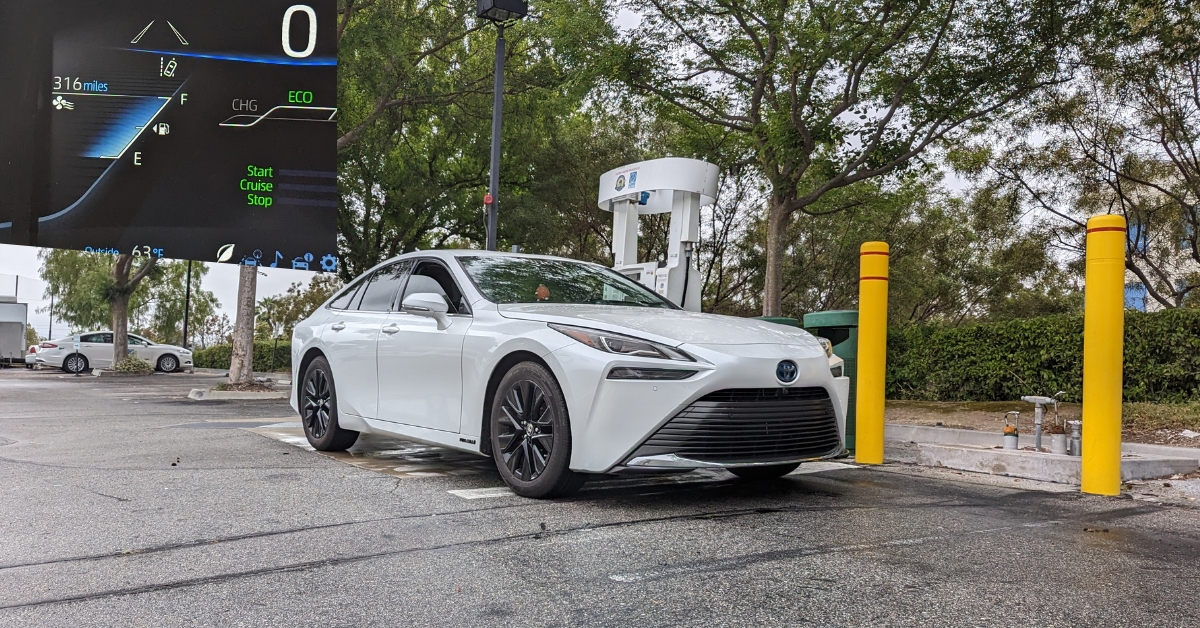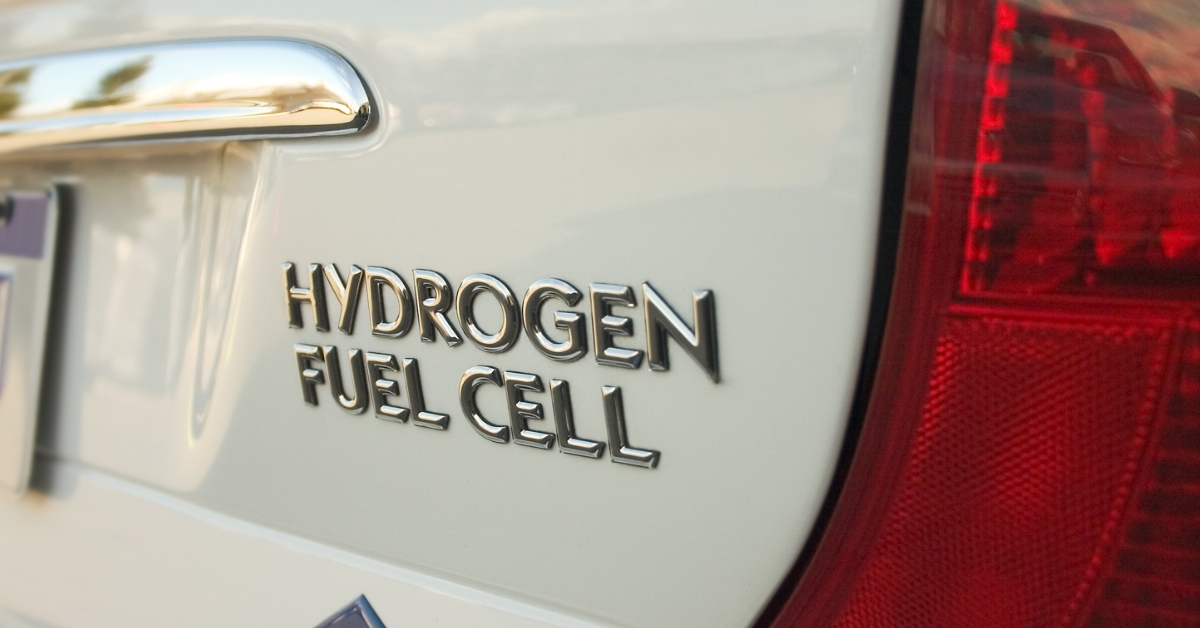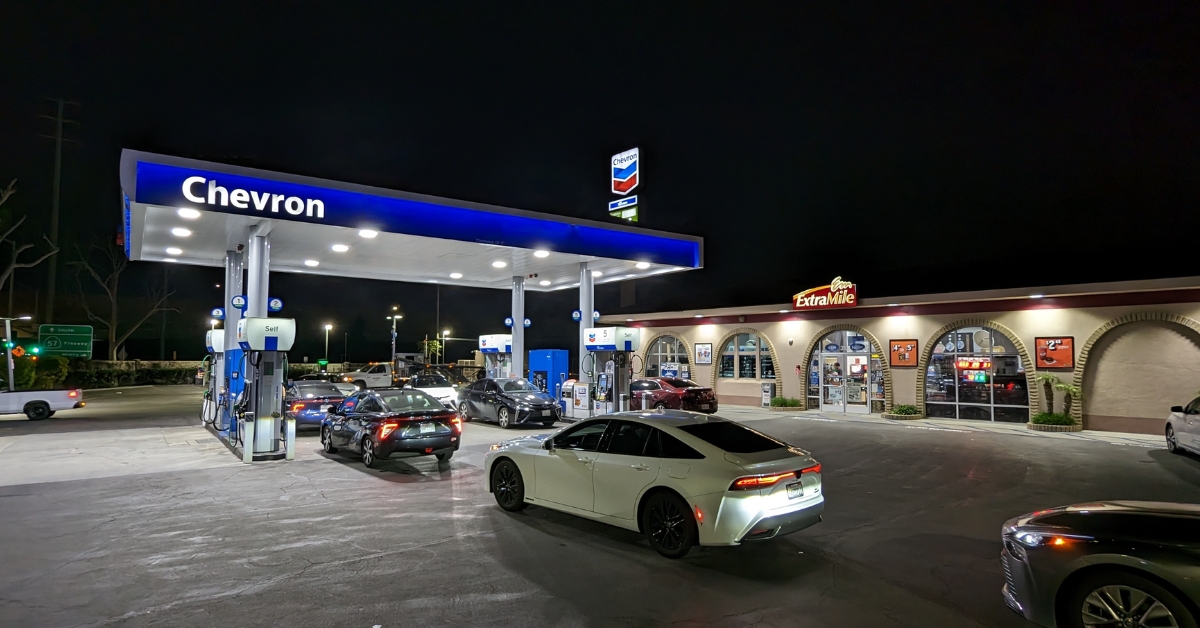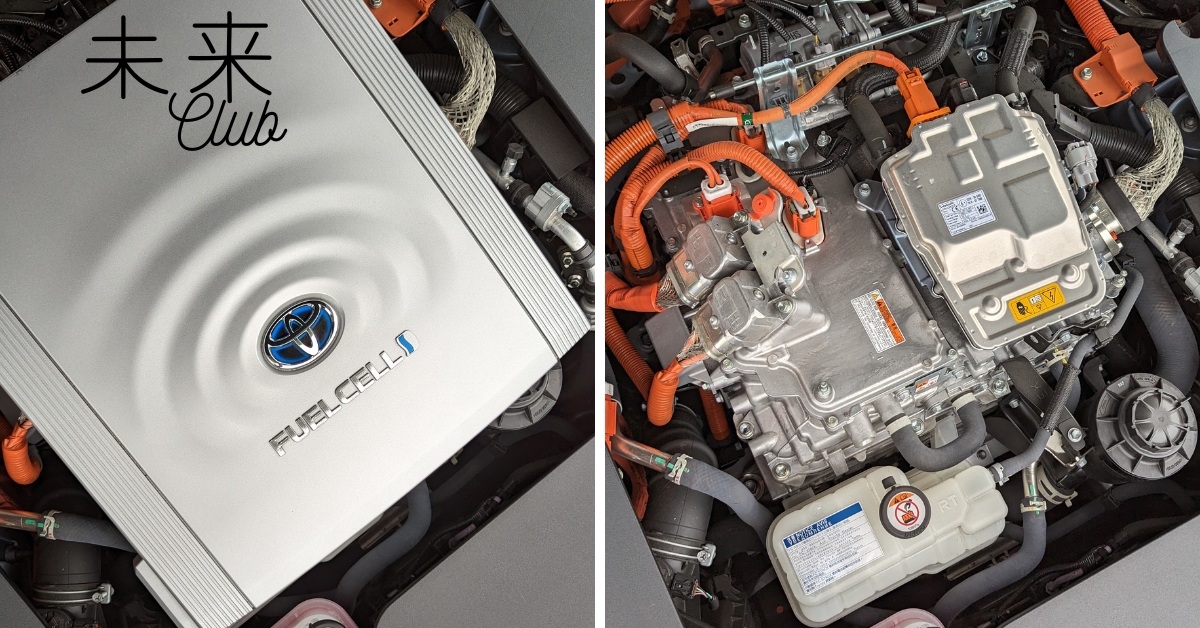Hydrogen cars have gained attention as a promising alternative to traditional fossil fuel vehicles, offering zero-emission transportation. However, concerns regarding the safety of hydrogen cars persist. This comprehensive article aims to provide an objective assessment of the potential risks associated with hydrogen cars, examining safety measures, infrastructure, and addressing common misconceptions.
- Understanding Hydrogen Cars: Hydrogen cars, also known as fuel cell vehicles (FCVs), utilize hydrogen gas to generate electricity, powering an electric motor to propel the vehicle. They emit only water vapor, contributing to cleaner air and reduced greenhouse gas emissions.
- Safety Measures and Regulations: a) Fuel Tank Design: Hydrogen fuel tanks in FCVs are designed with robust safety features, including impact-resistant materials, pressure relief valves, and leak detection systems. b) Crash Testing: Extensive crash tests are conducted to ensure the structural integrity of hydrogen cars, simulating various collision scenarios to assess safety performance. c) Leak Detection and Ventilation: FCVs are equipped with advanced sensors that detect any hydrogen leaks, triggering ventilation systems to disperse the gas safely.
- Hydrogen Fueling Infrastructure: a) Professional Fueling Stations: Hydrogen fueling stations adhere to stringent safety regulations, employing advanced technologies to prevent leaks and control the flow of hydrogen during refueling. b) Safety Training and Procedures: Staff at hydrogen fueling stations receive specialized training to handle any potential emergencies and to educate users on safe refueling practices. c) Safety Standards and Codes: Internationally recognized safety standards and codes govern the design, construction, and operation of hydrogen fueling stations.
- Mitigating Risks: a) Rapid Dispersion: Hydrogen, being lighter than air, rapidly disperses in the event of a leak, minimizing the risk of combustion or explosion. b) Safety Sensors and Shut-off Systems: FCVs are equipped with sophisticated sensors that detect leaks, shutting off the hydrogen supply to prevent ignition. c) Emergency Response Protocols: Emergency responders receive specific training to handle incidents involving hydrogen, equipped with knowledge and tools to mitigate risks effectively.
- Addressing Misconceptions: a) Explosive Nature: While hydrogen is highly flammable, the safety measures in place, such as leak detection systems and controlled fueling processes, significantly reduce the risk of combustion or explosions. b) Comparative Risks: Gasoline and hydrogen share inherent risks, but safety measures and protocols for handling hydrogen have been developed and improved over time. c) Public Perception: Public education and awareness initiatives can address misconceptions surrounding hydrogen car safety, emphasizing the rigorous safety standards and continuous technological advancements.
- Ongoing Research and Development: Continuous advancements in hydrogen car technology and infrastructure contribute to improving safety standards, including enhanced materials, improved fuel tank designs, and more efficient leak detection systems.
Conclusion: While safety concerns regarding hydrogen cars exist, thorough safety measures, stringent regulations, and ongoing research are addressing these issues. As with any emerging technology, it is crucial to understand the facts and dispel misconceptions to fully appreciate the potential of hydrogen cars as a sustainable and safe mode of transportation in the future.





